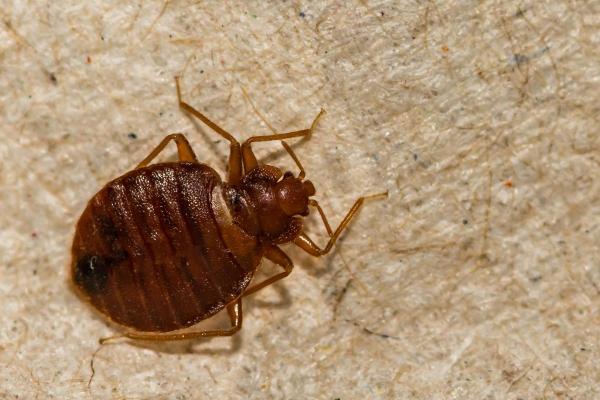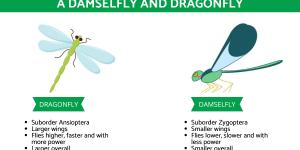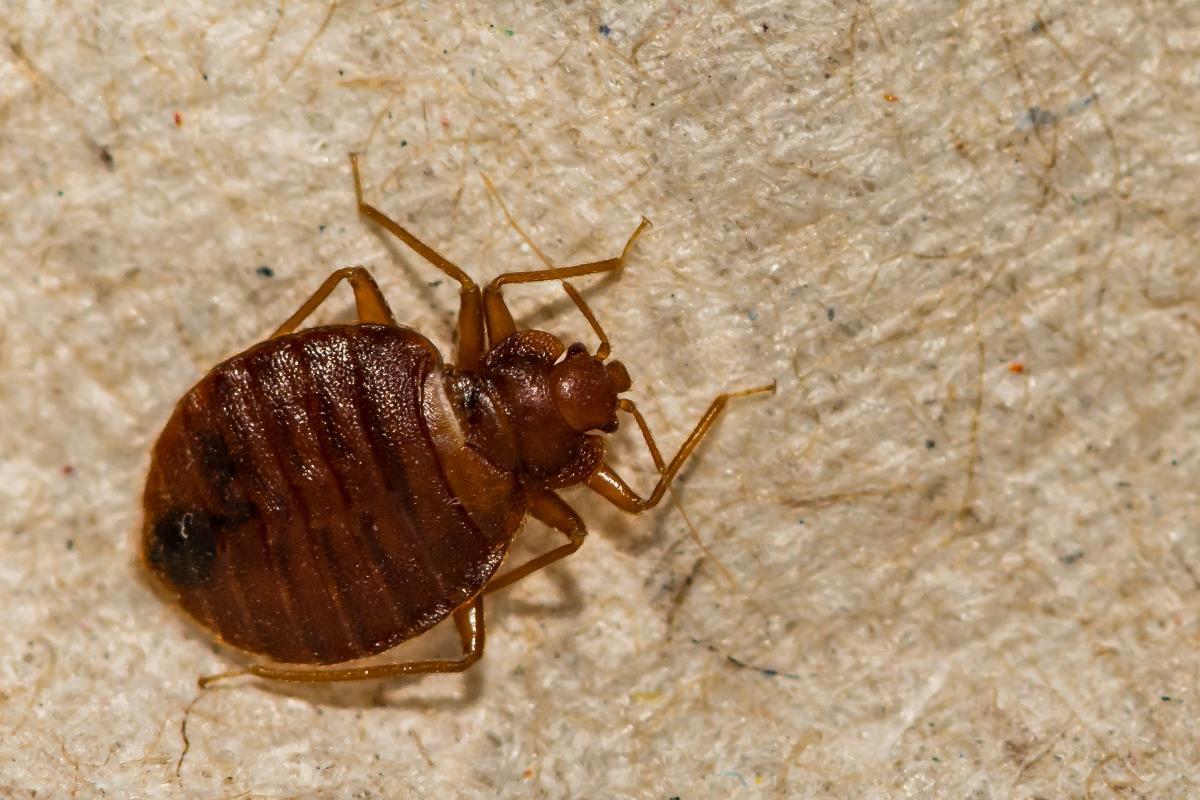Can Bed Bugs Fly?


In the realm of household pests, bed bugs hold a notorious reputation for their stealthy habits and unwelcome presence. These tiny, blood-sucking insects have mastered the art of concealment, often lurking in the depths of mattresses, bed frames, and furniture crevices. However, one question often arises when discussing these elusive creatures: can bed bugs fly?
In this article by thedailyECO, we will address whether bed bugs can fly, delve into the reasons that underlie their incapacity for flight, explore their crawling and hitchhiking behaviors
What are bed bugs?
Bed bugs are small, parasitic insects that feed on the blood of humans and other warm-blooded animals. They are primarily nocturnal, emerging at night to feed on their hosts while they sleep. Bed bugs are known for their ability to hide in small crevices and cracks, making them difficult to detect and eliminate.
There are approximately 90 known species of bed bugs worldwide. However, only a few of these species are considered pests that feed on human blood. The two most common bed bug species that infest human dwellings are:
- Cimex lectularius: this is the common bed bug, also known as the cosmopolitan bed bug. It is the most widespread species and is found in temperate regions worldwide.
- Cimex hemipterus: this is the tropical bed bug, primarily found in tropical and subtropical regions. It is less common than Cimex lectularius, but can still cause significant infestations.
All bed bugs are obligate hematophagous insects, meaning they exclusively feed on blood for their survival. They have specialized mouthparts adapted for piercing skin and extracting blood from their hosts. Their primary hosts are humans, but they may also feed on other warm-blooded animals, such as pets or birds.
The blood-feeding behavior of bed bugs has significant implications for human health and well-being. Bed bug bites can cause itchy red welts, discomfort, and allergic reactions in some individuals. Additionally, the presence of bed bugs can lead to psychological distress, anxiety, and sleep disturbances.
Do common bed bugs fly?
Common bed bugs, Cimex lectularius, cannot fly or jump. They move by crawling, are relatively slow-moving and can only travel short distances. However, they are adept at hitchhiking on clothing, luggage, or furniture to spread from one location to another.
Do bed bugs have wings?
No, bed bugs do not have wings. They are wingless insects, meaning they lack the anatomical structures necessary for flight. Their bodies are flat and oval-shaped, with no visible wings or wing pads.
The absence of wings in bed bugs is an adaptation to their parasitic lifestyle. They primarily feed on human blood, and their wingless bodies allow them to easily navigate through tight spaces and remain hidden in the secluded areas where they reside.
How do bed bugs move?
Bed bugs primarily move by crawling. They rely on their six legs to navigate their surrounding and are experts at moving through tight spaces and hiding in crevices. In fact, bed bugs can crawl on a variety of surfaces, including walls, floors, furniture, and clothing.
They are attracted to warmth and carbon dioxide, which guide them towards potential hosts for feeding. Their crawling behavior allows them to reach sleeping humans and feed on their blood.
While bed bugs are not particularly fast movers, they can effectively spread infestations through hitchhiking. They can crawl onto personal belongings like luggage, clothing, or furniture and be transported to new locations. This hitchhiking behavior is a primary mode of spreading bed bug infestations between homes, hotels, or other environments.

Do tropical bed bugs fly?
No, tropical bed bugs, do not fly. They are also wingless insects and cannot fly or jump. Instead, they rely on crawling to move around. They are also relatively slow-moving but can effectively spread infestations through hitchhiking on clothing, luggage, or furniture.
Tropical bed bugs (Cimex hemipterus) are a species of bed bugs primarily found in tropical and subtropical regions. They share similar characteristics with the common bed bug (Cimex lectularius), including a flat, oval-shaped body, piercing-sucking mouthparts for feeding on blood, and a preference for hiding in dark, secluded areas.
The absence of wings in tropical bed bugs is an adaptation to their parasitic lifestyle. While tropical bed bugs cannot fly, they are efficient hitchhikers. They can crawl onto clothing, luggage, or furniture and be transported to new locations, enabling them to spread infestations. Their primary mode of movement is crawling, and they are relatively slow-moving compared to winged insects.
To delve deeper into the fascinating world of biological adaptations, including how bed bugs have evolved to thrive without flight, explore our article on biological adaptation.

Do other species of bed bugs have the ability to fly?
The inability to fly is a consistent feature across all bed bug species. They all rely on crawling and hitchhiking for their movement and dispersal. Common bed bug species include:
- Cimex adjunctus (bat bug)
- Cimex pilosellus (bat bug)
- Cimex pipistrella (bat bug)
- Oeciacus vicarius (swallow bug)
Despite their varied habitats and preferences, all bed bugs species exhibit several shared physical traits:
- Flattened, oval-Shaped bodies: bed bugs possess a flattened, oval-shaped body, typically brown or reddish-brown, allowing them to squeeze into narrow cracks and crevices, making them elusive hide-and-seek champions.
- Apple seed sizing: adult bed bugs measure approximately 4 to 5 millimeters in length, comparable to the size of an apple seed.
- Vestigial wing pads: a testament to their evolutionary past, bed bugs bear tiny, non-functional wing pads on their backs. These remnants serve as reminders of their flying ancestors, though they no longer play a role in their movement.
While bed bugs have foregone flight, fireflies have embraced bioluminescence, showcasing the remarkable diversity of insect adaptations. Discover the captivating world of firefly light production in our article on how do fireflies produce light?
If you want to read similar articles to Can Bed Bugs Fly?, we recommend you visit our Facts about animals category.
- Bonadio, C. (2003) "Triatoma infestans" Retrieved from: https://animaldiversity.org/accounts/Triatoma_infestans/
- Ma, Y., Wan, C., Gorb, S., & Rajabi, H. (2019). Biomechanics of fore wing to hind wing coupling in the southern green stink bug Nezara viridula (Pentatomidae) . Acta Biomaterialia , 100 , 10-17.







